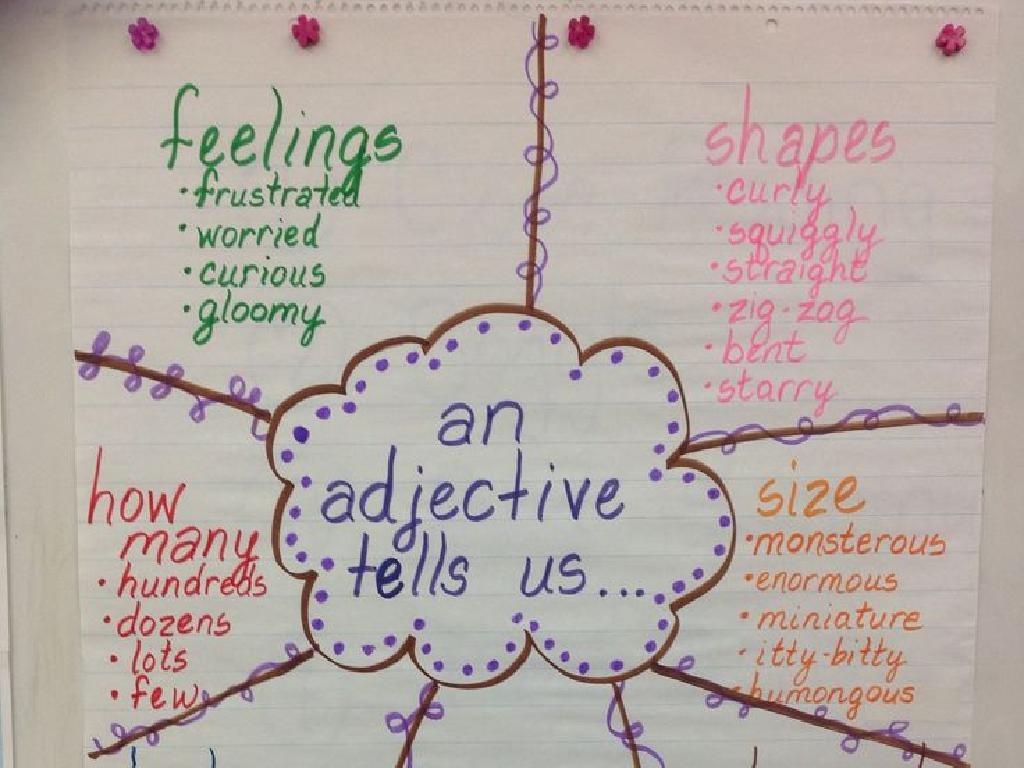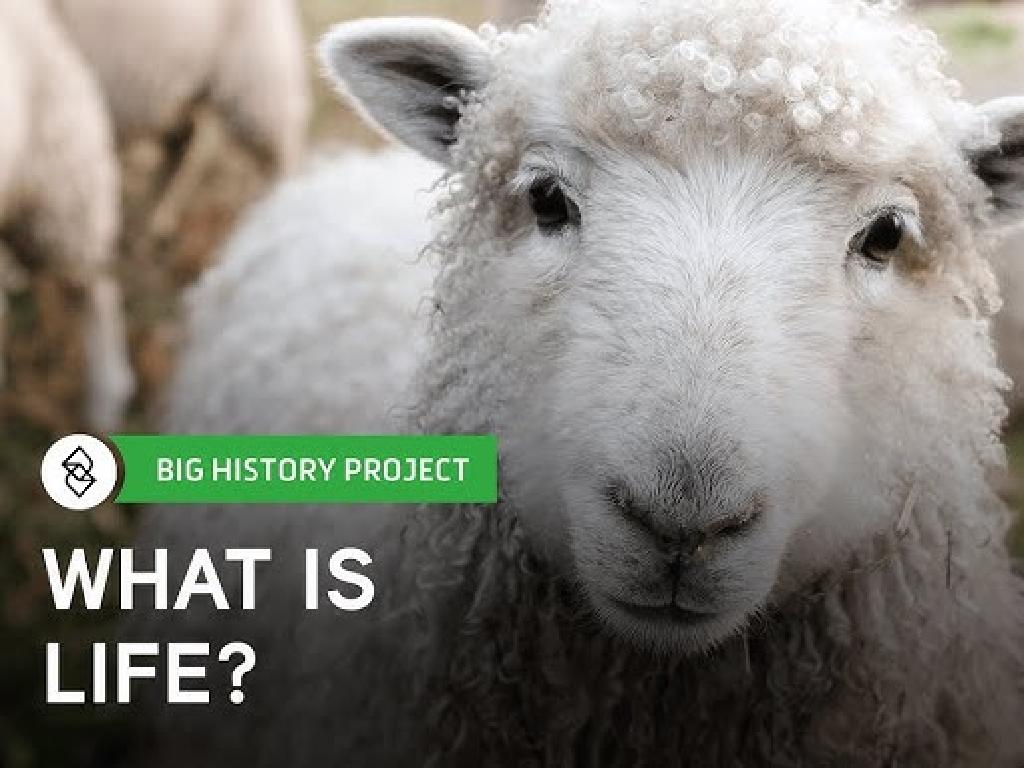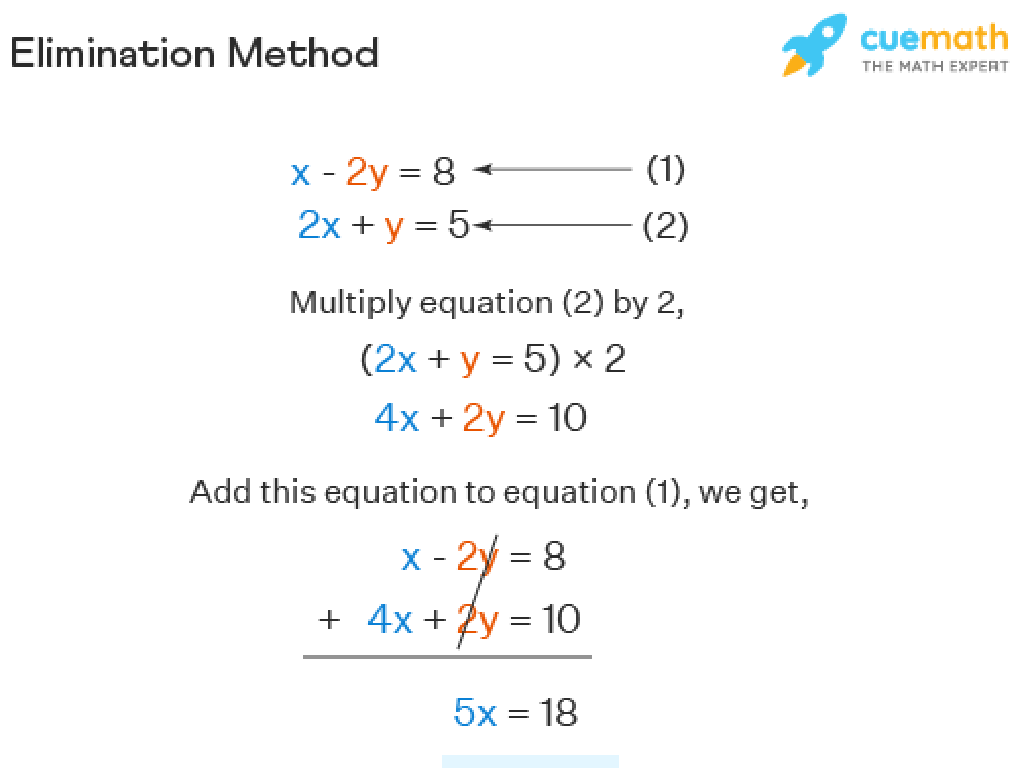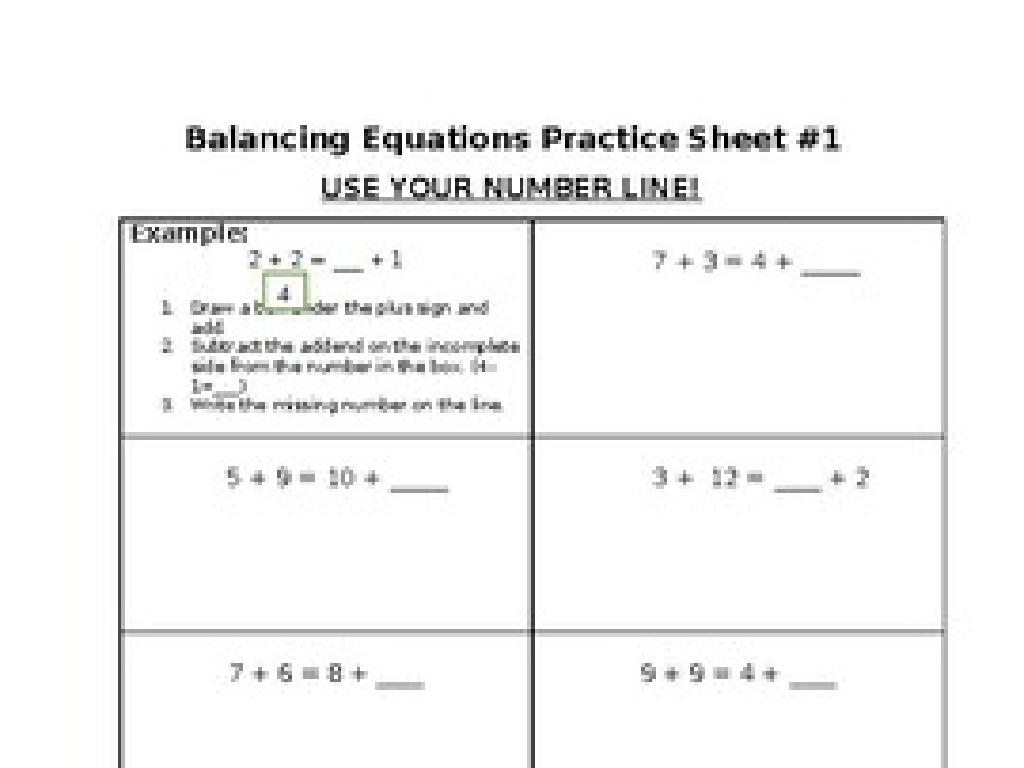Multiply Three Numbers: Word Problems
Subject: Math
Grade: Third grade
Topic: Two-Digit Multiplication
Please LOG IN to download the presentation. Access is available to registered users only.
View More Content
Welcome to Multiplication Adventures!
– Greetings, young mathematicians!
– Let’s review what multiplication is
– Multiplication is adding a number to itself repeatedly
– Multiplication in daily life
– Used for quick adding in situations like buying pencils in packs
– Multiplying three numbers
– We’ll learn to solve problems by multiplying three numbers together
|
Begin the class with a warm welcome to set a positive tone for the lesson. Review the concept of multiplication as repeated addition to reinforce their understanding. Explain how multiplication is a practical tool in everyday life, such as calculating total items in packages or groups. Introduce the concept of multiplying three numbers as an extension of what they already know, and emphasize that it’s just like multiplying two numbers but with an extra step. Provide examples such as finding the total number of apples if they have 3 bags with 4 apples in each bag and each apple has 2 seeds. This will help them visualize and understand the concept better. Encourage the students to think of other real-life scenarios where they might use multiplication of three numbers.
Multiplying Three Numbers: Word Problems
– Review single-digit multiplication
– Recall: 3 x 4 means 3 groups of 4
– Learn to multiply two numbers
– Now we’ll multiply numbers like 12 x 3
– Explore two-digit multiplication
– For example, 23 x 15 involves multiple steps
– Solve multiplication word problems
– We’ll use stories to practice multiplying
|
Begin with a quick review of single-digit multiplication to ensure students are comfortable with the concept. Introduce the idea of multiplying two numbers, starting with one-digit by two-digit multiplication, and then progressing to two-digit by two-digit. Use visual aids and step-by-step examples to demonstrate the process. Incorporate word problems that require multiplication to solve, which will help students apply their skills in real-world scenarios. Encourage students to visualize the problems and discuss their thought process. Provide guidance on how to set up and solve these problems, emphasizing the importance of organizing their work to avoid confusion.
Multiplying Three Numbers
– Multiplying more than two numbers
– Step-by-step multiplication
– Start with the largest number, then multiply by the next smallest, and so on.
– Solve a sample problem
– Example: 4 x 3 x 2. Multiply 4 x 3 = 12, then 12 x 2 = 24.
– Practice makes perfect
|
This slide introduces the concept of multiplying more than two numbers, which is a building block for understanding more complex math problems. Begin by explaining that sometimes in math, especially in real-life situations, we need to multiply several numbers to find an answer. Demonstrate the process step by step, ensuring to multiply two numbers at a time for simplicity. Work through a sample problem as a class to solidify understanding. Encourage students to practice with different sets of numbers to become comfortable with the process. Provide additional example problems for students to try, such as multiplying numbers related to daily life scenarios like counting groups of objects.
Multiplying Three Numbers: Word Problems
– Understanding word problems
– Word problems tell a story with numbers. They help us use math in real life.
– Reading a sample problem
– ‘If 3 packs of crayons have 12 crayons each, how many crayons are there in total?’
– Finding numbers in the problem
– Look for numbers: ‘3 packs’, ’12 crayons each’.
– Identifying the question
– What is the problem asking us to find out? Total crayons.
|
This slide introduces students to the concept of word problems in multiplication, emphasizing their importance in applying math skills to everyday situations. Start by explaining that word problems describe scenarios that require math to solve. Read the sample problem aloud and work through it together, highlighting the key numbers and the question. Encourage students to always look for the numbers involved and to clearly understand the question being asked. This will set the foundation for solving multiplication word problems effectively. For the activity, students can create their own word problems or find the numbers and questions in additional examples.
Breaking Down Multiplication Word Problems
– Understand word problem steps
– Read carefully to find what to solve
– Highlight keywords and numbers
– Look for ‘times’, ‘product of’, and specific numbers
– Learn sequence of operations
– Know which numbers to multiply first
– Practice with examples
– Try ‘3 groups of 4 apples is 12 apples’ type problems
|
This slide is aimed at teaching third graders how to approach multiplication word problems methodically. Start by reading the problem thoroughly to understand what is being asked. Teach students to identify and highlight important words and numbers that indicate multiplication, such as ‘times’, ‘product of’, or actual numbers. Explain the sequence of operations, emphasizing the order in which numbers should be multiplied. Use simple examples like ‘If you have 3 groups of 4 apples, how many apples do you have in total?’ to illustrate the concept. Encourage students to practice by breaking down problems into smaller, manageable parts and solving them step by step.
Multiplication Mastery: Word Problems
– Class solves word problems together
– Students explain their problem-solving
– How did you get the answer? Share with the class!
– Teacher corrects misconceptions
– It’s okay to make mistakes; that’s how we learn!
– Guidance provided for tricky parts
– Step-by-step help for understanding multiplication
|
This slide is designed for a collaborative class activity focused on solving multiplication word problems. Start by presenting several word problems that require multiplying three numbers. Encourage students to volunteer to solve the problems on the board, explaining their thought process to the class. This will help peers learn different approaches to problem-solving. As the teacher, listen carefully to students’ explanations to identify and correct any misconceptions. Offer guidance and support, especially for problems that involve more complex two-digit multiplication. The goal is to build confidence and ensure a solid understanding of multiplication concepts. Possible activities include group problem-solving, peer teaching, using manipulatives to visualize multiplication, and creating their own word problems.
Group Activity: Multiplication Word Problems
– Divide into small groups
– Each group gets a unique problem
– Problems involve multiplying three numbers
– Solve the multiplication problem
– Use drawings or objects to help solve
– Present solutions to the class
– Explain how you found the answer
|
This group activity is designed to encourage collaborative problem-solving and presentation skills. Divide the class into small groups, ensuring a mix of abilities in each. Provide each group with a different word problem that requires multiplying three numbers, tailored to their skill level. Encourage the use of visual aids like drawings or physical objects to help conceptualize the problem. After solving, each group will present their problem, solution, and method to the class, explaining their thought process. For the teacher: prepare 4-5 different word problems of varying difficulty, ensure each student participates, and guide groups that may struggle with the concept. This activity fosters peer learning and reinforces the concept of multiplication in a practical context.
Class Activity: Multiplication Scavenger Hunt
– Find multiplication problems around the room
– Solve each problem you find
– Correct answers reveal the next clue
– Work together to solve all problems
Teamwork can make finding and solving problems fun!
|
This activity is designed to make learning multiplication engaging by incorporating movement and teamwork. Hide multiplication problems around the classroom before the students arrive. Each problem should be solvable by multiplying three numbers, appropriate for third-grade level. Once a student or group finds a problem, they must solve it to receive a clue that leads them to the next problem. Ensure the problems vary in difficulty and that the clues are clear but not too obvious. Prepare at least 4-5 different sets of problems and clues so that students can work in small groups without overcrowding a single area. This activity encourages collaboration, problem-solving, and reinforces their multiplication skills in a fun and interactive way.
Review and Reflect: Multiplication Mastery
– Recap today’s multiplication lesson
– Discuss new learnings and challenges
– Share what was easy or hard in multiplying three numbers
– Address any unanswered questions
– Encourage students to ask questions they still have
– Reflect on multiplication skills
|
This slide aims to consolidate the students’ understanding of multiplying three numbers through reflection and discussion. Begin by summarizing the key points covered in the lesson, ensuring that the students recall the steps involved in solving word problems with three factors. Open the floor for students to discuss what they’ve learned, emphasizing the importance of sharing any difficulties they encountered. This can help identify common areas where students may need additional practice. Address any questions that students still have, providing further clarification as needed. Finally, encourage students to reflect on how their multiplication skills have improved and how they can apply these skills in real-life situations. This reflective practice helps students internalize their learning and recognize their progress.
Homework: Practice Multiplying Three Numbers
– Complete assigned multiplication problems
– Teach someone at home the multiplication steps
– Explain the process as you learned it in class
– Review your work for better understanding
– Double-check your answers to help remember the steps
– Look forward to our next math adventure!
|
For homework, students should practice multiplying three numbers using the word problems provided. This will help reinforce today’s lesson and prepare them for more complex multiplication tasks. Encourage students to explain the multiplication process to someone at home, which can improve their understanding and confidence in the topic. Remind them to review their work to ensure they understand the steps taken. Express enthusiasm about the progress they’re making in math and the exciting activities planned for the next class to keep them motivated.






